Farming
Tritordeum




Farming
Tritordeum
Grain Production under Contracting
Benefits of our "Closed-Loop" Value-Chain
Repurchasing Guarantee.
Vivagran and its licensees commit to repurchasing 100% of the harvest under a production agreement with farmers.
This contract outlines key conditions, including quality standards based on end use, traceability requirements, and economic terms.
Superior Incomes.
Our repurchasing economic models are designed to ensure that farmers earn higher incomes when cultivating Tritordeum compared to other commodities.
The model also considers whether the production is certified organic or follows regenerative farming practices, offering additional incentives for these methods.
Three possible Applications
Tritordeum is suitable for Baking, Malting and Feed
Baking.
Tritordeum serves as an alternative to wheat and durum for the milling industry, suitable for use in baking and pasta production.
Its typical grain characteristics include:
- a protein content of over 12.5%
- a specific weight greater than 68%
- a falling number exceeding 220 seconds.
Malting.
Tritordeum serves as an alternative to barley and wheat for the malting industry, suitable for use in brewing, distilling and food production.
Its typical grain characteristics include:
- a protein content of over 15%
- a specific weight greater than 68%
- a germination rate exceeding 95%
Feed.
Tritordeum serves as an alternative to barley and wheat for the feed industry, suitable for use as silage or grain.
Tritordeum offers the possibility to farmers to have 2 harvests:
- One harvest of silage in April
- One harvest of grain in June-July
General Production Recommendations
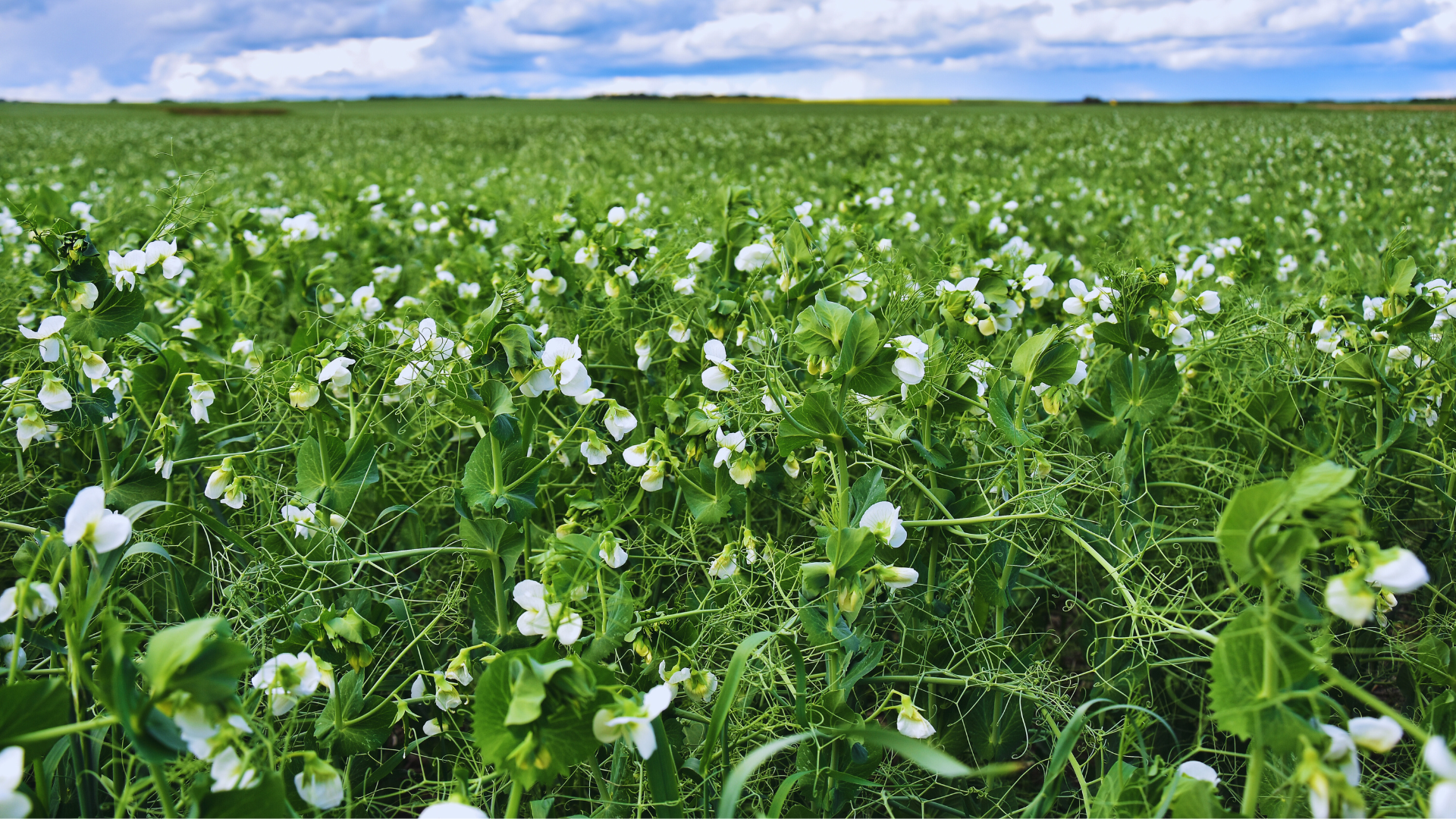

Previous crop
- For tritordeum grain production, it is preferable that the previous crop is not a cereal, the previous year
- For tritordeum seed production, it is preferable that the previous crop is not cereal, the two previous years
- It is recommended, if possible, that the previous crop be a legume, to take advantage of the nitrogen fixed by it
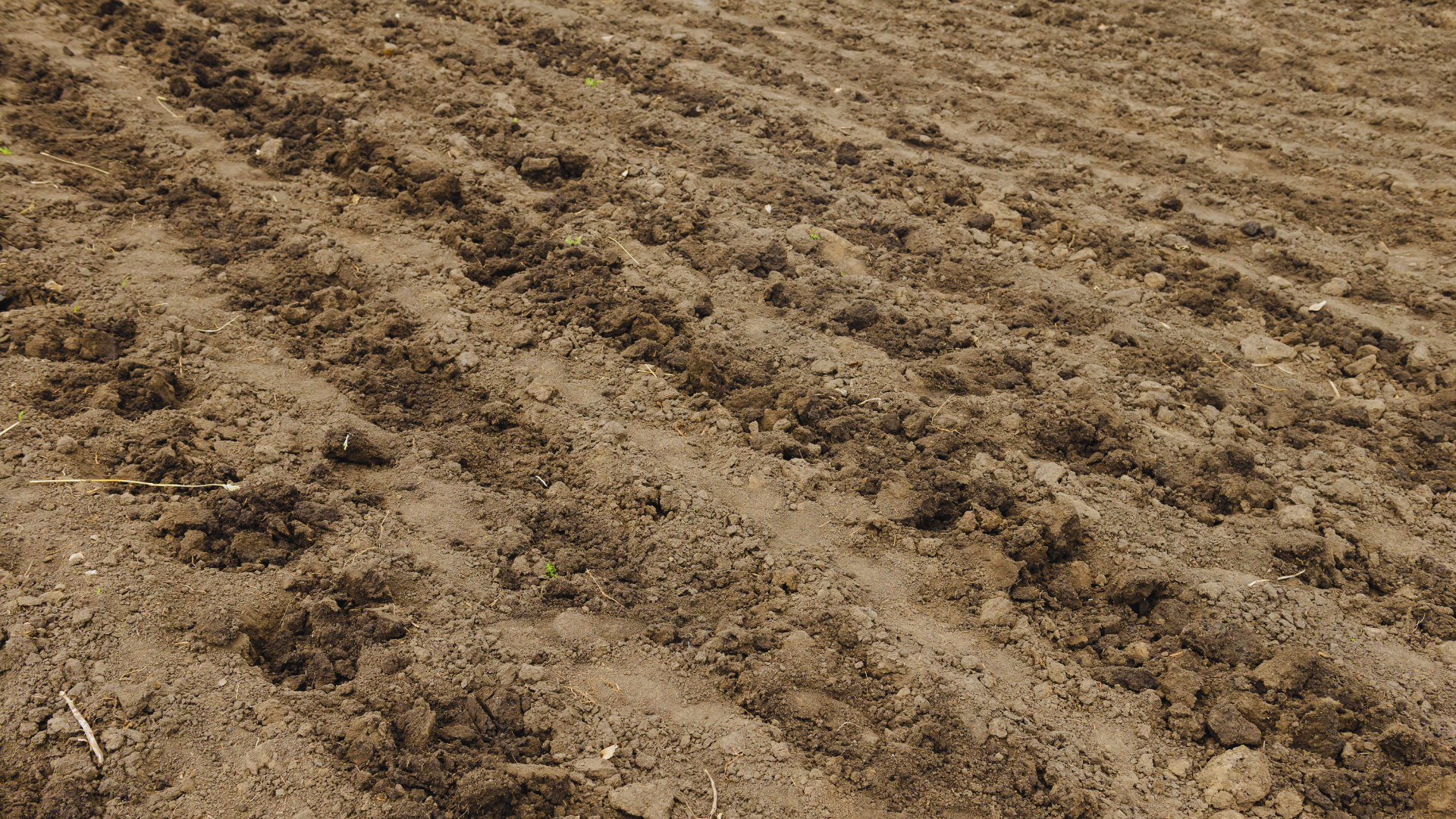

Preparatory work and type of soil
- In general, the work carried out in the cultivation of wheat in the area will be carried out and will depend on the type of stubble and the autumn work.
- Its adaptation is wide, although it prefers soils that range from neutral to moderately alkaline
- Regarding the type of soil, it obtains its highest productions in Calcisols and Vertisols type of soils, although its adaptation is extensive like most of the wheats
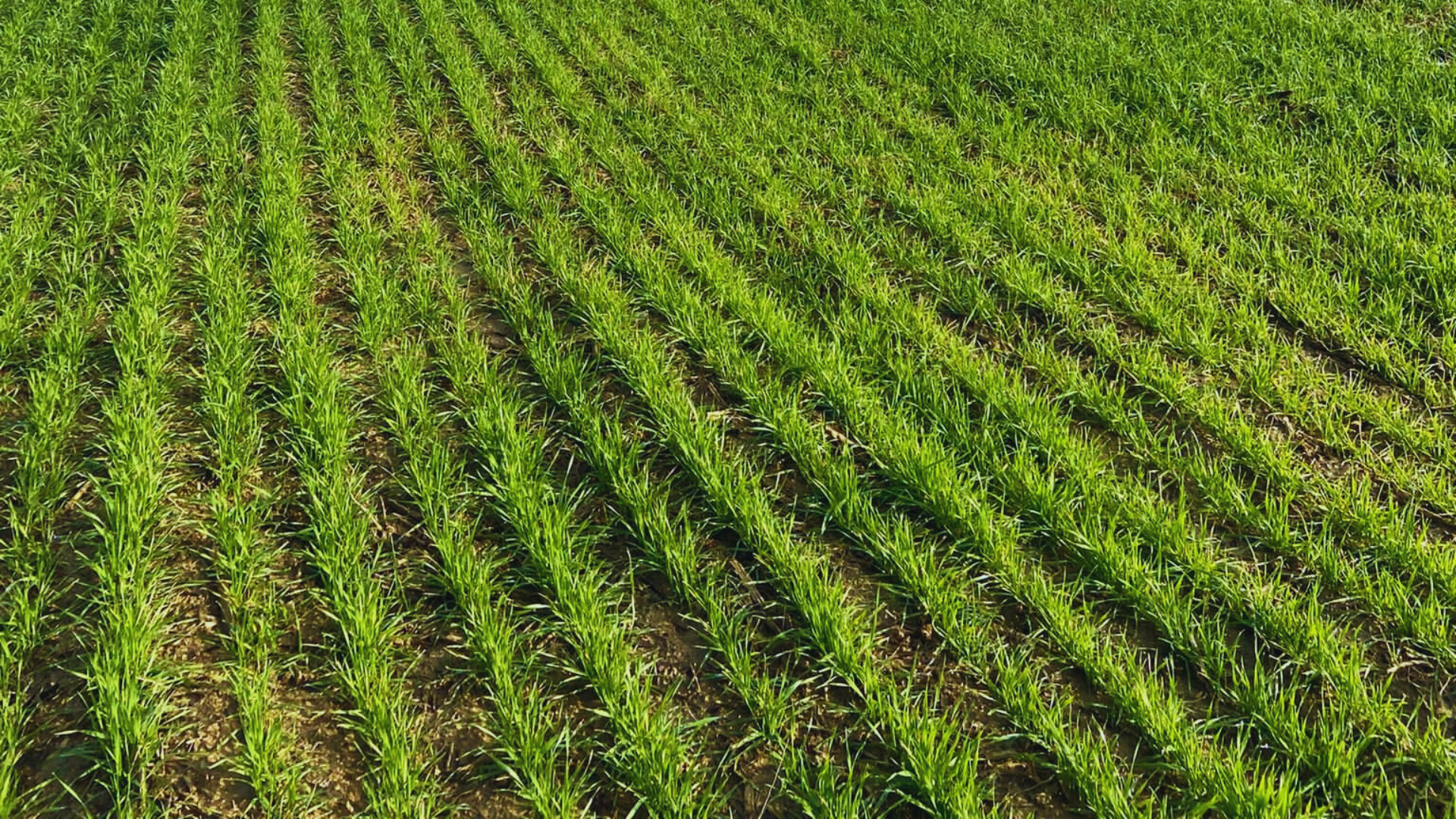

Drilling date
- Autumn sowing: between October 15th and November 15th
- Spring sowing: between February 15th and March 15th
Drilling density
- We recommend a dosage between 150-180 kg/ha
- The same methods and machinery will be used as in wheat
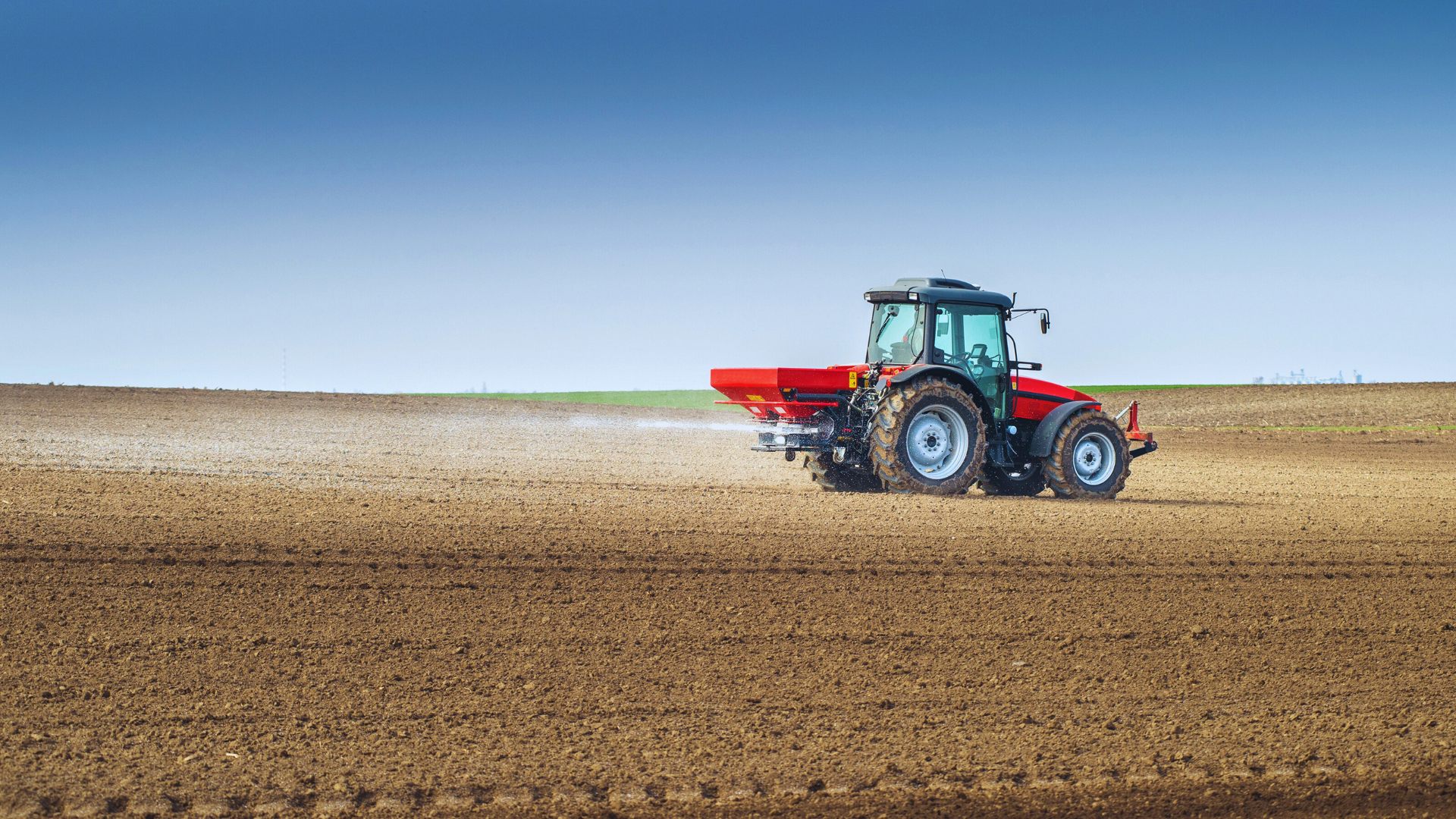

Fertilization
- Given that the NPK extraction per ton of harvest is approximately 30-15-20, a 5-ton yield would require 150 Nitrogen Units (UN), 75 Phosphorus Units (UP), and 100 Potassium Units (UK).
- Background fertilizer: Apply all required Phosphorus and Potassium, and 20% of Nitrogen needs. A 1-2-3 ratio is recommended, but adjustments depend on the previous crop or soil analysis.
- Apply the remaining 80% of Nitrogen in two doses to minimize losses..
- Apply 60% of total Nitrogen needs at the end of tillering. Second cover: Apply 20% when the flag leaf appears.
- Fertilization is calculated to meet the needs of a 5-ton per hectare yield and will be adjusted for each specific plot.


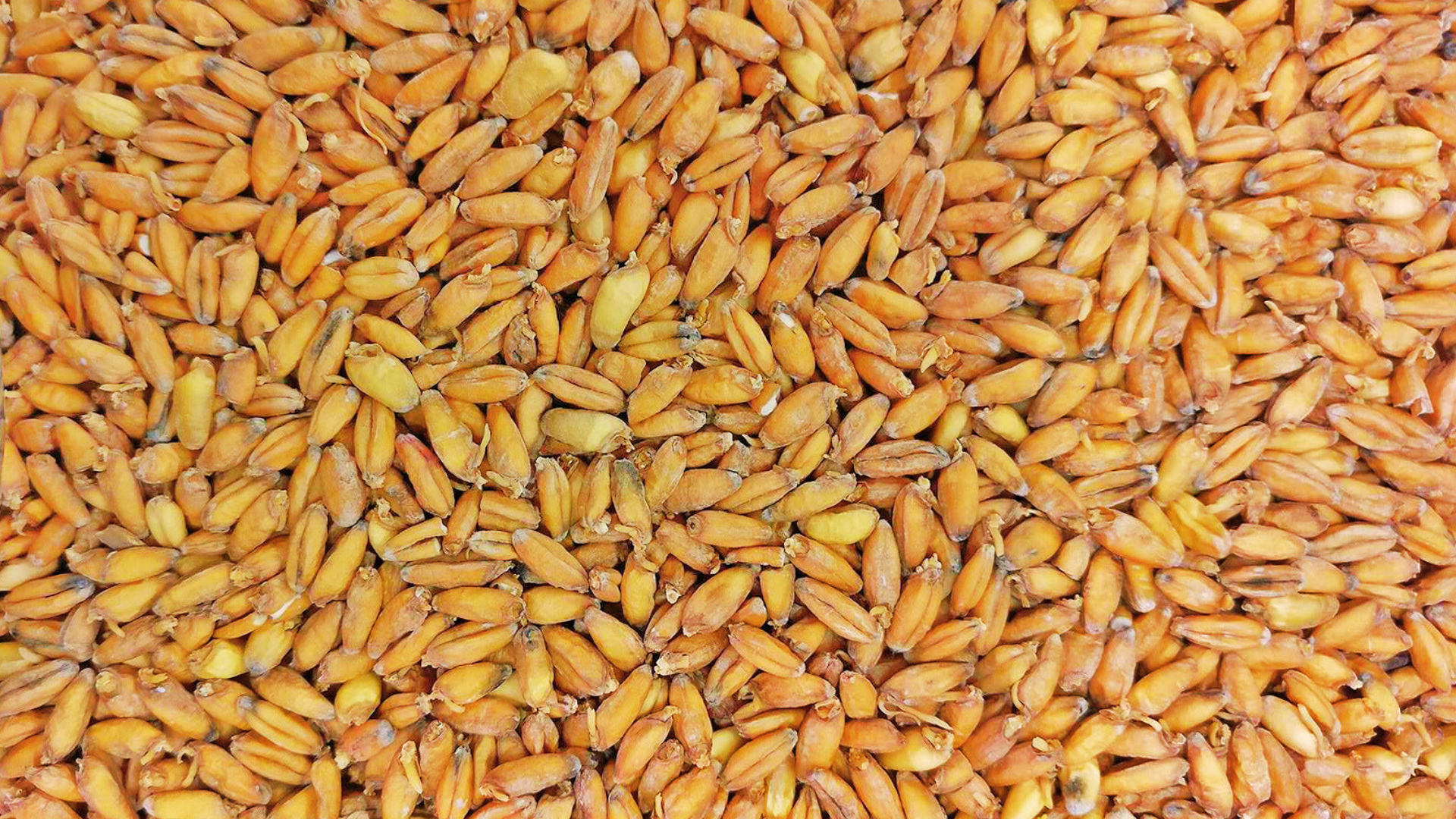

Harvest
- Begin harvesting when the crop is dry, ideally in the afternoon, with grain moisture below 12% (9-11% is ideal). Tritordeum glumes are tougher than wheat, making threshing easier at lower moisture levels.
- At the start of harvesting, ensure no grains or unthreshed ears are expelled with the straw, and that the combine isn’t excessively breaking grains. Adjust as needed.
- Proper combine calibration is crucial for an efficient harvest, as Tritordeum threshing is generally tougher than bread wheat and more similar to rye or triticale, depending on the variety. Adjust the calibration accordingly.
- Regarding sieves, Tritordeum grains are more elongated than durum or bread wheat. Using settings for larger grains, like those for durum wheat, may result in grain loss, so adjustments are necessary.
- Using standard durum wheat calibration and not properly monitoring threshing efficiency can lead to significant Tritordeum crop losses.
- Modern combines ensure efficient threshing with adjustable settings and automatic monitoring. However, it’s important to sample grain and straw to check threshing efficiency and prevent grain damage.

